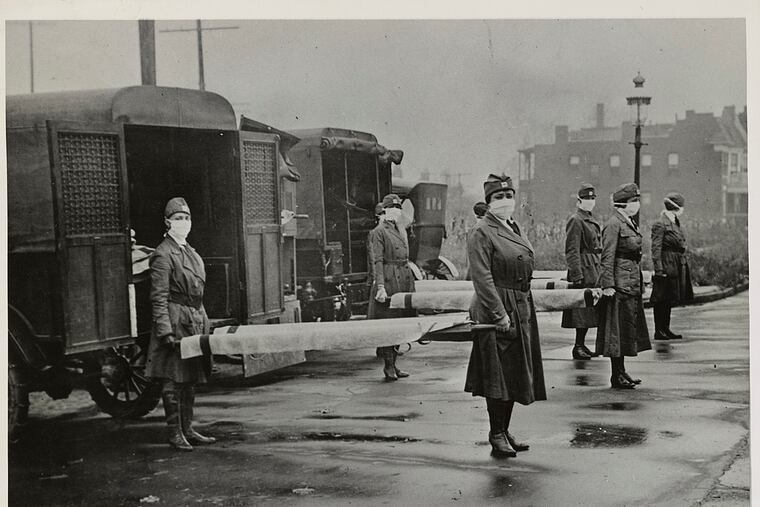Thanksgiving 1918 took place during a deadly pandemic. What can it teach us for Thanksgiving 2020?
The pandemic was still raging, but on Thanksgiving 1918, a thankful nation celebrated with a particular fervor.

The pandemic was still raging, but on Thanksgiving 1918, a thankful nation celebrated with a particular fervor.
